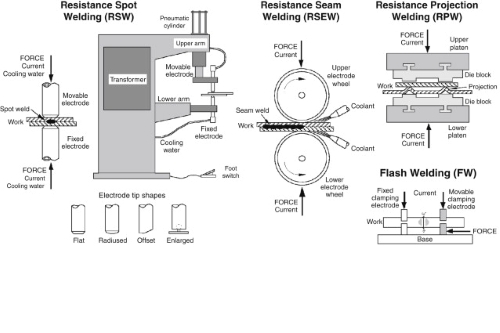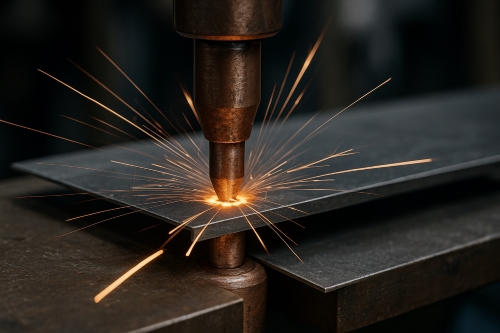Fluorides for Ultraviolet and Vacuum Ultraviolet Optics: Types and Examples
Introduction
Fluoride materials are important in optical devices that operate with short wavelengths of light. Ultraviolet light and vacuum ultraviolet light are utilised in advanced optical systems. These materials facilitate light transmission with minimal loss. Their low absorption rates and good durability make them a suitable choice. In many optical systems, they are employed in lenses and windows. Their slight differences in composition provide varying properties. This article reviews four major fluoride materials and their applications in optics.
Calcium Fluoride
Calcium Fluoride is utilised in many ultraviolet optical systems. This material is noted for its good transmission rate. It remains stable even under high-power ultraviolet light exposure. Many applications incorporate Calcium Fluoride in lens components. Its high tolerance to laser radiation is advantageous. Additionally, the material possesses a low refractive index. These properties reduce chromatic aberration in optical designs. Many scientific instruments and cameras benefit from its qualities. Experiments in laser optics frequently use Calcium Fluoride due to its strong performance in the ultraviolet region.
Magnesium Fluoride
Magnesium Fluoride is another common fluoride material in optics. It demonstrates excellent transparency down to the vacuum ultraviolet range. This material is implemented for windows and protective covers in optical systems. Its performance remains consistent even under thermal stress. The material features a broad transmission range, making it suitable for diverse applications. Many ultraviolet instruments include Magnesium Fluoride coatings. Its capacity to withstand extreme temperature changes is valued in high-precision experiments. The durability and optical clarity of Magnesium Fluoride are well-established in both scientific and industrial settings.
Barium Fluoride
Barium Fluoride is selected for systems requiring transmission into the ultraviolet regions. It has a wide band pass supporting many wavelengths. Barium Fluoride displays a good balance between transparency and mechanical strength. However, this material can be softer than others, necessitating careful handling in harsh environments. Some optical instruments make use of Barium Fluoride lenses for their unique properties. The material is applicable in spectroscopy and other scientific endeavours requiring broad light transmission ranges.
Lithium Fluoride
Lithium Fluoride is valued for its high transparency in the ultraviolet range. This fluoride has a low refractive index. It is used in many optical windows and lenses, allowing minimal light loss during transmission. This property is significant in laser applications and photolithography. Regardless of being somewhat brittle, Lithium Fluoride is reliable in controlled environments. In numerous research setups, it is employed when a high degree of purity and clarity is essential. Its performance in the vacuum ultraviolet region renders it a practical choice for precise optical tasks.
Comparison of Fluoride Materials
Each fluoride material has its own strengths and limitations. Calcium Fluoride is known for its durability and resistance to high-intensity light. Magnesium Fluoride is distinguished by its broad transmission, including the vacuum ultraviolet part of the spectrum. Barium Fluoride combines mechanical strength with a wide range of light transmission. Lithium Fluoride is optimal when high optical clarity is required. These materials vary in their refractive indices and hardness.
When selecting a material, one must consider the wavelength of light to be used and the operating conditions. For example, in high-power laser systems, Calcium Fluoride is a reliable option. In systems that need to transmit very short wavelengths, Magnesium Fluoride or Lithium Fluoride may be preferred. The choice hinges on balancing mechanical properties and optical performance. Many researchers and engineers use these comparisons to select the most appropriate material for their devices.
Conclusion
Fluoride materials play a significant role in ultraviolet and vacuum ultraviolet optical systems. Their high transparency and low absorption make them suitable for use in lasers, spectroscopy, and other scientific investigations. Calcium Fluoride, Magnesium Fluoride, Barium Fluoride, and Lithium Fluoride each provide unique advantages in optical design.
Frequently Asked Questions
F: What makes Calcium Fluoride suitable for ultraviolet optics?
Q: It features low absorption and high durability under intense laser light.
F: Why is Magnesium Fluoride often used in vacuum ultraviolet systems?
Q: It provides excellent transmission and remains stable under high thermal stress.
F: When should Lithium Fluoride be preferred?
Q: It is optimal when high clarity and minimal light loss are needed in controlled environments.

 Bars
Bars
 Beads & Spheres
Beads & Spheres
 Bolts & Nuts
Bolts & Nuts
 Crucibles
Crucibles
 Discs
Discs
 Fibers & Fabrics
Fibers & Fabrics
 Films
Films
 Flake
Flake
 Foams
Foams
 Foil
Foil
 Granules
Granules
 Honeycombs
Honeycombs
 Ink
Ink
 Laminate
Laminate
 Lumps
Lumps
 Meshes
Meshes
 Metallised Film
Metallised Film
 Plate
Plate
 Powders
Powders
 Rod
Rod
 Sheets
Sheets
 Single Crystals
Single Crystals
 Sputtering Target
Sputtering Target
 Tubes
Tubes
 Washer
Washer
 Wires
Wires
 Converters & Calculators
Converters & Calculators
 Write for Us
Write for Us
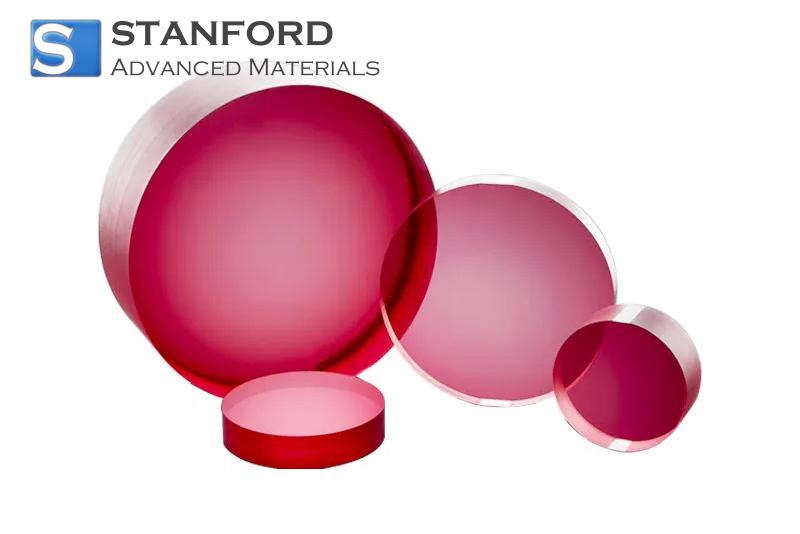
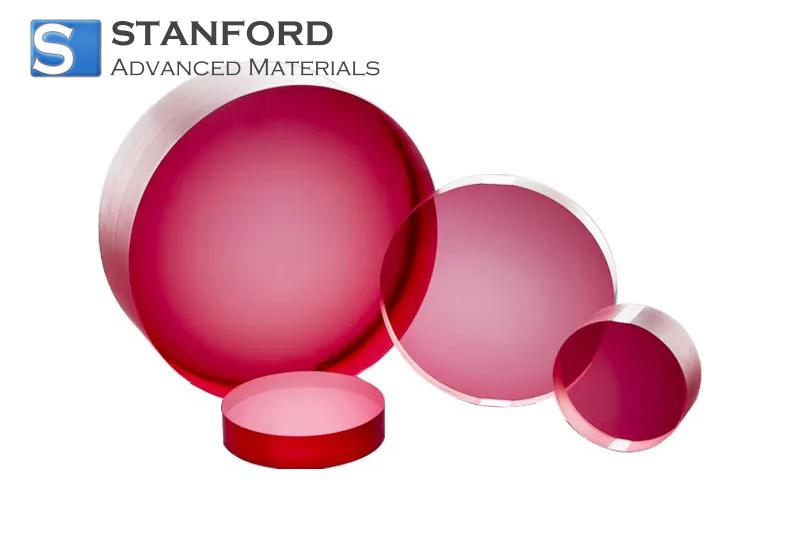
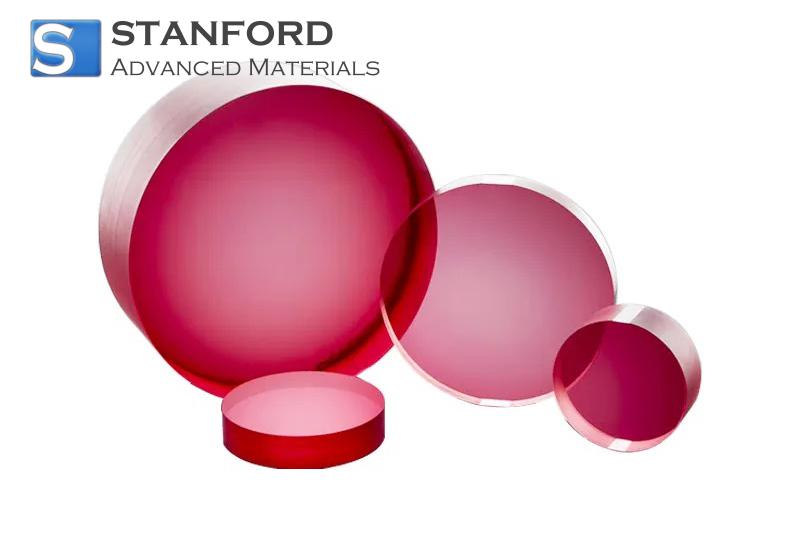
 Chin Trento
Chin Trento


